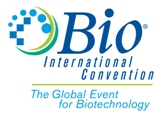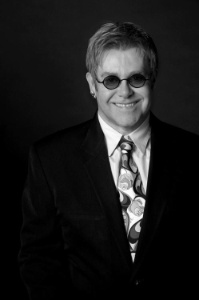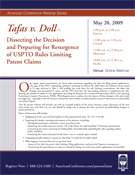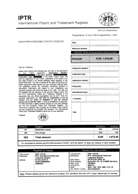
Not a small, intimate affair, the BIO International Convention draws approximately 20,000 industry leaders from 60 countries. This year, the Convention program will feature more than 150 sessions in 22 breakout session tracks. Sessions will address the most pressing issues facing biotech today, including healthcare pricing and access, capital formation and partnering strategies in a tight credit environment, and climate change and biofuels. This year’s BIO Exhibition will cover will cover an estimated 200,000 net sq. ft. and host more than 2,200 exhibitors.

In addition, presentations and educational sessions at the 2009 BIO International Convention will focus on research and development, partnership opportunities, and new business models required to meet global health challenges.
The 2009 BIO International Convention will feature leading industry experts and government officials from around the world debating key issues that dramatically influence the biotechnology industry including follow-on biologics/biosimilars, biomarker research, genomics and the ever-changing global biotechnology business landscape.
I’ll be in attendance as well as participating in BIO’s blogger network throughout the week. If you’d like to meet up during the conference, drop me a note and we’ll schedule some time to have coffee together.
It looks like PatentlyBIOtech and Patent Docs will be there — maybe there can be an IP blawger get-together at the local coffee bar? Send me your suggestions.
The question now: Should we continue with the iBarista iPod giveaway?

 The U.S. House of Representatives
The U.S. House of Representatives  One interesting point from last year’s survey is that for the equivalent role in a life science company, compensation is higher than found in a technology company. This “Kelly Bluebook” of start-up executive compensation is in its 10th year and has been expanded to include surveys in China, India, Israel and the UK as well as the US.
One interesting point from last year’s survey is that for the equivalent role in a life science company, compensation is higher than found in a technology company. This “Kelly Bluebook” of start-up executive compensation is in its 10th year and has been expanded to include surveys in China, India, Israel and the UK as well as the US.
 Today is World Intellectual Property Day and this year WIPO’s focus is on
Today is World Intellectual Property Day and this year WIPO’s focus is on 